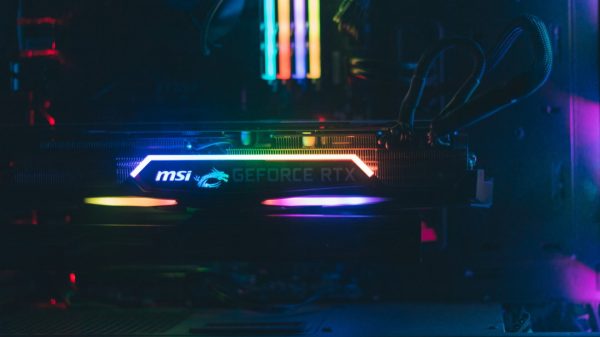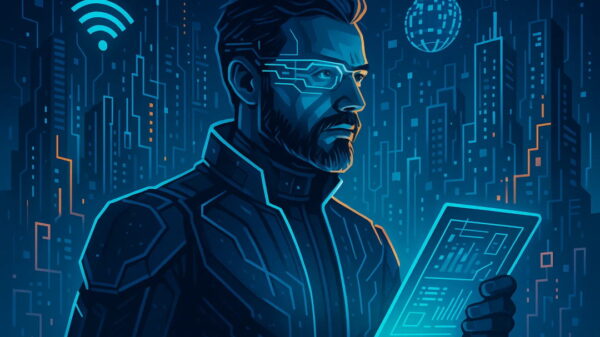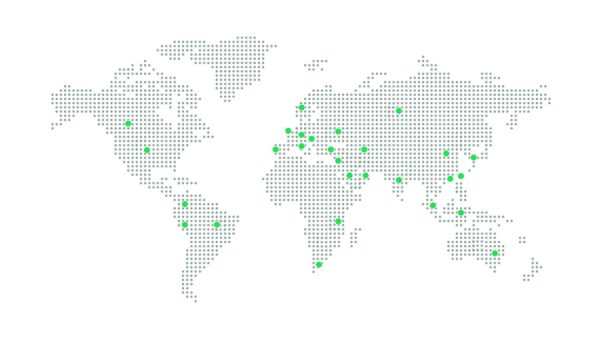The new wave coming – “AI may be the most important technology of any lifetime.” – Marc Benioff, Salesforce
By 2026, marketing campaigns may run overnight—entirely managed by AI agents that plan, test, and deploy before your first coffee.
The World Economic Forum predicts that 23% of current jobs will be disrupted by 2027, even as 69 million new, tech-centric roles emerge.
By 2026, technology will be driven by AI, sustainability, and intelligent automation.
- Agentic AI will evolve from assistance to autonomy.
- Green computing, edge AI, and quantum systems will redefine industries.
- Immersive tools and robotics will reshape work and design.
- New careers will emerge in AI, cybersecurity, and sustainability.
Agentic AI and Autonomous Agents
AI is moving from “assistant” to autonomous collaborator—able to reason, plan, and act independently.
- Market Impact: Projected to reach $11.79B by 2026 (CAGR 40%).
- Benefits: Faster decisions, reduced errors, continuous optimization.
- Expertise in prompt design, RAG, and AI governance will be in demand.
“62% of CIOs expect over 100% ROI from agentic AI in 2025.” – APMdigest
AI Governance and Regulation
With new regulations like the EU AI Act (2025), compliance will be mandatory.
- Market Growth: From $227M in 2024 to $1.4B by 2030.
- Why It Matters: Responsible AI builds trust and competitive advantage.
- Demand is rising for experts in bias evaluation, risk management, and AI ethics.
Generative AI 2.0
Generative AI is maturing into enterprise-grade systems that combine text, visuals, code, and structured data.
- Value Creation: Estimated $2.6–4.4 trillion annual potential (McKinsey).
- Adoption: 65% of companies now use it regularly.
- Next Step: Learn multimodal modeling, RAG, and policy-based evaluation.
Low-Code, No-Code & AI-Assisted Development
Software creation is being democratized.
- Market: $44.5B by 2026.
- Shift: 80% of products will be built by non-IT professionals.
- Impact: Developers save 2+ hours per day using AI copilots.
“Gen Z views AI as a speed enhancer in nearly every task.” – Deloitte, 2025
Human–AI Collaboration Tools
AI teammates are now co-creators, not just assistants.
- Market: $36.3B by 2030.
- Benefit: Hybrid workflows multiply creativity and efficiency.
- Skills in AI integration and feedback loop management are vital.
“AI may be the most important technology of any lifetime.” – Marc Benioff, Salesforce
Sustainable Tech & Green Computing
Sustainability has become a measurable performance metric.
- Efficiency: AWS and Azure report up to 99% lower carbon emissions than on-prem systems.
- Shift: CIOs now evaluated on carbon footprint as much as uptime.
Augmented Reality (AR)
AR is becoming a mainstream interface.
- Market Growth: $140B (2025) → $1.7T (2032).
- Applications: Healthcare, education, retail, and real estate.
- Combine AI, ML, and 3D design for immersive innovation.
Spatial Computing & XR
The workplace is becoming immersive.
- Use Cases: Training, design, and simulation.
- Adoption: XR headset shipments up 87% in 2026.
- Blend 3D modeling and AI for spatial design.
Neural Interfaces (BCI)
Brain–computer interfaces are moving beyond labs.
- Market: $160B in 2024, expanding rapidly.
- Impact: Restores mobility, enables thought-driven interaction.
- Combine biomedical modeling and AI signal processing.
Data Fabric & Real-Time Analytics
Data is becoming connected, clean, and continuously intelligent.
- Market: $8.5B by 2030.
- Impact: Enables faster, trusted AI analytics.
Quantum Computing Applications
Quantum advantage is expected by 2026.
- Impact: Revolutionizing R&D in pharma, finance, and logistics.
- Skills in quantum algorithms and hybrid computing will be in demand.
“Quantum computing is reaching practical application.” – Jensen Huang, NVIDIA
Edge AI & TinyML
Intelligence is moving closer to the source.
- Market: $20.7B (2024) → $66.4B (2030).
- Impact: Enables real-time analytics and privacy on devices.
- Embedded AI and model optimization will be critical.



















